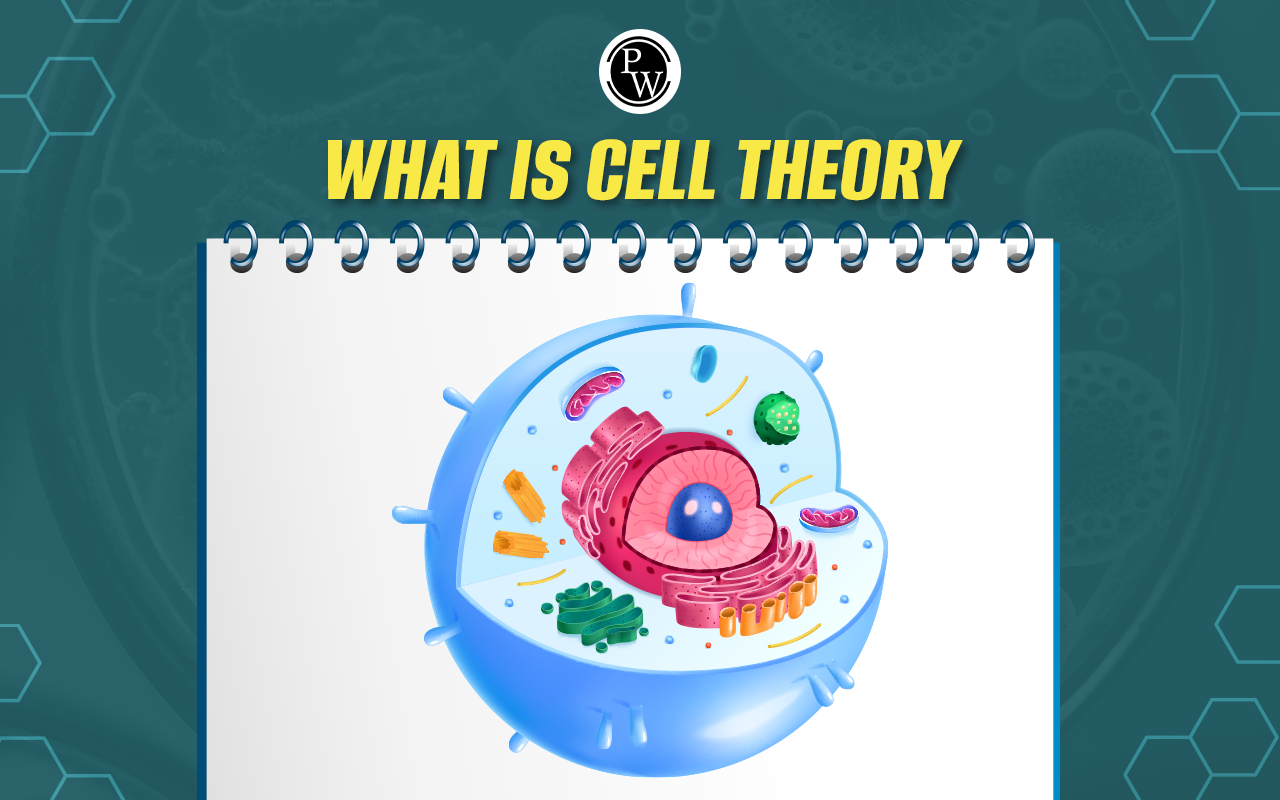
Difference between Series and Parallel Circuits : A series circuit is characterized by having a single path for the flow of current. In this configuration, all components are interconnected in a way that any disruption in the circuit prevents the current from flowing.
The current remains constant throughout the entire series circuit. In contrast, parallel circuits consist of multiple paths for current flow. Each component in a parallel circuit is connected through distinct branches, allowing current to follow various routes. Consequently, the current is not uniform across the entire circuit. For a comprehensive understanding of the difference between series and parallel circuits , please refer to the below article. It explains the differences in the arrangement, current flow, and behavior of these two fundamental circuit configurations.| NEET Physics Syllabus | NEET Physics Important Questions with Answers |
| NEET Physics Chapter wise Weightage | NEET Physics MCQs |
| NEET Physics Notes | NEET Physics Formulas |
Difference Between Series and Parallel Circuits Overview
Electric circuits play a crucial role in various electronic devices, and two common configurations are series and parallel circuits. Understanding the differences between them is fundamental to comprehend their distinct characteristics and applications. Series circuit components are arranged in a single pathway, forming a continuous loop for current flow. Parallel circuit components are connected in separate pathways, allowing independent paths for current. In a series circuit, the same current flows through all components.Difference Between Series and Parallel Circuits
The table below shows the difference between series and parallel circuits :|
Series vs Parallel Circuits -Difference between Series and Parallel Circuits |
||
|---|---|---|
| Basis | Series Circuits | Parallel Circuits |
| Arrangement of Components | Components are arranged in a single pathway. | Components are connected in separate pathways. |
| Pathway of Current | Same current flows through all components. | Currents split and follow different paths. |
| Voltage | Voltage is divided among components. | Voltage remains the same across all components. |
| Resistance | Total resistance is the sum of individual resistances. | Inverse of total resistance is the sum of inverses. |
| Inductance and Capacitance Effects | Inductance and capacitance affect the entire circuit. | Each branch is influenced independently. |
| Power Supply | Components share the same power source. | Each component connects directly to the power source. |
| Current Flow | Same current flows through every component. | Different currents flow through each component. |
| Predictability | Easy to predict current using Ohm's Law. | Currents may vary, requiring additional calculations. |
| Fault Impact | Failure in one component disrupts the entire circuit. | Failure in one branch does not affect other branches. |
| Voltage Drop | Significant voltage drop across components. | Minimal voltage drop, maintaining consistent voltage. |
| Reliability | Susceptible to disruptions due to component failure. | More reliable as one component failure does not halt. |
What are Parallel Circuits?
Parallel circuits refer to electrical circuits where the components are connected in a way that allows the current to take multiple paths. Each component is connected directly across the voltage source in a parallel circuit, creating separate branches. Unlike series circuits, where the current has a single path, parallel circuits provide multiple pathways for the electric current to flow. In a parallel circuit, the voltage across each component is the same, as they are all connected across the same voltage source. However, the current through each element may vary, as the total current entering the parallel circuit is divided among the different branches. The defining feature of parallel circuits is that if one unit is disconnected or malfunctions.Advantages and Disadvantages of Parallel Circuits
Parallel circuits have distinct advantages and disadvantages that make them suitable for specific applications. Here's an overview:Advantages of Parallel Circuits:
- Independent Operation: Components in parallel circuits operate independently. If one component fails, the others can continue to function unaffected. This is in contrast to series circuits, where the failure of one element disrupts the entire circuit.
- Voltage Maintenance: Each component in a parallel circuit receives the full source voltage. This ensures that devices receive a constant voltage, leading to more predictable and stable performance.
- Increased Current: Parallel circuits allow the addition of more components without affecting the voltage across each element. As a result, the total current flowing through the circuit increases with the addition of more parallel branches.
- Easy Troubleshooting: Identifying and isolating faults in parallel circuits is generally easier than in series circuits. This is because the failure of one component doesn't affect the operation of others.
- Flexibility: Parallel circuits offer flexibility in design and can be easily expanded or modified without affecting the rest of the circuit.
Disadvantages of Parallel Circuits:
- Complexity: Parallel circuits can become complex as more components are added. Managing multiple parallel branches requires careful planning to avoid confusion and errors.
- Higher Cost: Implementing parallel circuits may be costlier than series circuits, especially when considering the need for additional components such as resistors, inductors, or capacitors.
- Power Consumption: In some cases, parallel circuits may lead to higher power consumption than series circuits. This is because each parallel branch draws current independently.
- Space Requirements: Parallel circuits may require more physical space due to the arrangement of multiple branches. This can be a limitation in compact designs.
- Specific Applications: While suitable for many applications, parallel circuits are only ideal for some situations. Some devices and systems may benefit more from series configurations.
What are Series Circuits?
A series circuit is characterized by a uniform flow of current throughout all the components within the circuit. Unlike parallel circuits, series circuits have a singular path for the current to follow. In the context of a series circuit, the interplay between current and voltage exhibits an exact inverse relationship compared to parallel circuits. The current passing through each element in the series is identical and matches the source current (Is). However, the voltage across individual series elements (V1, V2, V3) fluctuates based on each specific element's impedance, in this case, the resistance. Kirchhoff's Voltage Law (KVL) is applicable in series circuits, asserting that the voltage supplied by the source (Vs) equals the summation of the individual voltage drops across each series element.Advantages and Disadvantages of Series Circuits
Here are advantages and disadvantages of series circuits:Advantages of Series Circuits
- Simplicity: Series circuits are relatively simple in design and construction. They consist of components arranged in a single pathway.
- Lower Cost: In some cases, series circuits can be more cost-effective to implement compared to parallel circuits. This is especially true when only a few components are needed.
- Predictable Current: Since the same current flows through all components in a series circuit, it is easy to predict and calculate the current at any point in the circuit using Ohm's Law.
- Space Efficiency: Series circuits can be more space-efficient, making them suitable for compact electronic devices where minimizing physical size is crucial.
- Sequential Operation: In series circuits, components operate sequentially, one after the other. This can be advantageous in applications requiring a specific sequence of operations.
Disadvantages of Series Circuits
- Voltage Drop: One of the significant drawbacks of series circuits is that the voltage across the entire circuit is divided among the components. As a result, each component receives less voltage than the total source voltage.
- Reliability: The failure of any single component in a series circuit can disrupt the entire circuit. If one device fails or an opening occurs, the whole circuit may cease functioning.
- Limited Current: The current flowing through a series circuit is the same for all components. The total resistance increases as more components are added, reducing current flow.
- Complex Troubleshooting: Identifying faults in series circuits can be challenging. If one component fails, it may affect the entire circuit, making it harder to isolate the problem.
- Inefficiency in Power Delivery: Series circuits could be more efficient for power delivery, especially when compared to parallel circuits. The voltage drop across components can result in energy loss.
Difference Between Series and Parallel Circuits FAQs
How does the current flow differ in series and parallel circuits?
In a series circuit, the same current flows through all components. In a parallel circuit, currents split and follow different paths, allowing for independent flow through each component.
What happens to voltage in series and parallel circuits?
In a series circuit, voltage is divided among components. In a parallel circuit, the voltage remains the same across all components.
How do inductance and capacitance affect series and parallel circuits differently?
In a series circuit, inductance and capacitance affect the entire circuit. In a parallel circuit, each branch is influenced independently.
What about the power supply in series and parallel circuits?
In a series circuit, components share the same power source. In a parallel circuit, each component connects directly to the power source.
Is the predictability of current different in series and parallel circuits?
Yes, in a series circuit, it is easy to predict current using Ohm's Law. In a parallel circuit, currents may vary, requiring additional calculations.
🔥 Trending Blogs
Talk to a counsellorHave doubts? Our support team will be happy to assist you!

Check out these Related Articles
Free Learning Resources
PW Books
Notes (Class 10-12)
PW Study Materials
Notes (Class 6-9)
Ncert Solutions
Govt Exams
Class 6th to 12th Online Courses
Govt Job Exams Courses
UPSC Coaching
Defence Exam Coaching
Gate Exam Coaching
Other Exams
Know about Physics Wallah
Physics Wallah is an Indian edtech platform that provides accessible & comprehensive learning experiences to students from Class 6th to postgraduate level. We also provide extensive NCERT solutions, sample paper, NEET, JEE Mains, BITSAT previous year papers & more such resources to students. Physics Wallah also caters to over 3.5 million registered students and over 78 lakh+ Youtube subscribers with 4.8 rating on its app.
We Stand Out because
We provide students with intensive courses with India’s qualified & experienced faculties & mentors. PW strives to make the learning experience comprehensive and accessible for students of all sections of society. We believe in empowering every single student who couldn't dream of a good career in engineering and medical field earlier.
Our Key Focus Areas
Physics Wallah's main focus is to make the learning experience as economical as possible for all students. With our affordable courses like Lakshya, Udaan and Arjuna and many others, we have been able to provide a platform for lakhs of aspirants. From providing Chemistry, Maths, Physics formula to giving e-books of eminent authors like RD Sharma, RS Aggarwal and Lakhmir Singh, PW focuses on every single student's need for preparation.
What Makes Us Different
Physics Wallah strives to develop a comprehensive pedagogical structure for students, where they get a state-of-the-art learning experience with study material and resources. Apart from catering students preparing for JEE Mains and NEET, PW also provides study material for each state board like Uttar Pradesh, Bihar, and others
Copyright © 2025 Physicswallah Limited All rights reserved.
Get App









